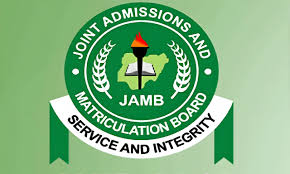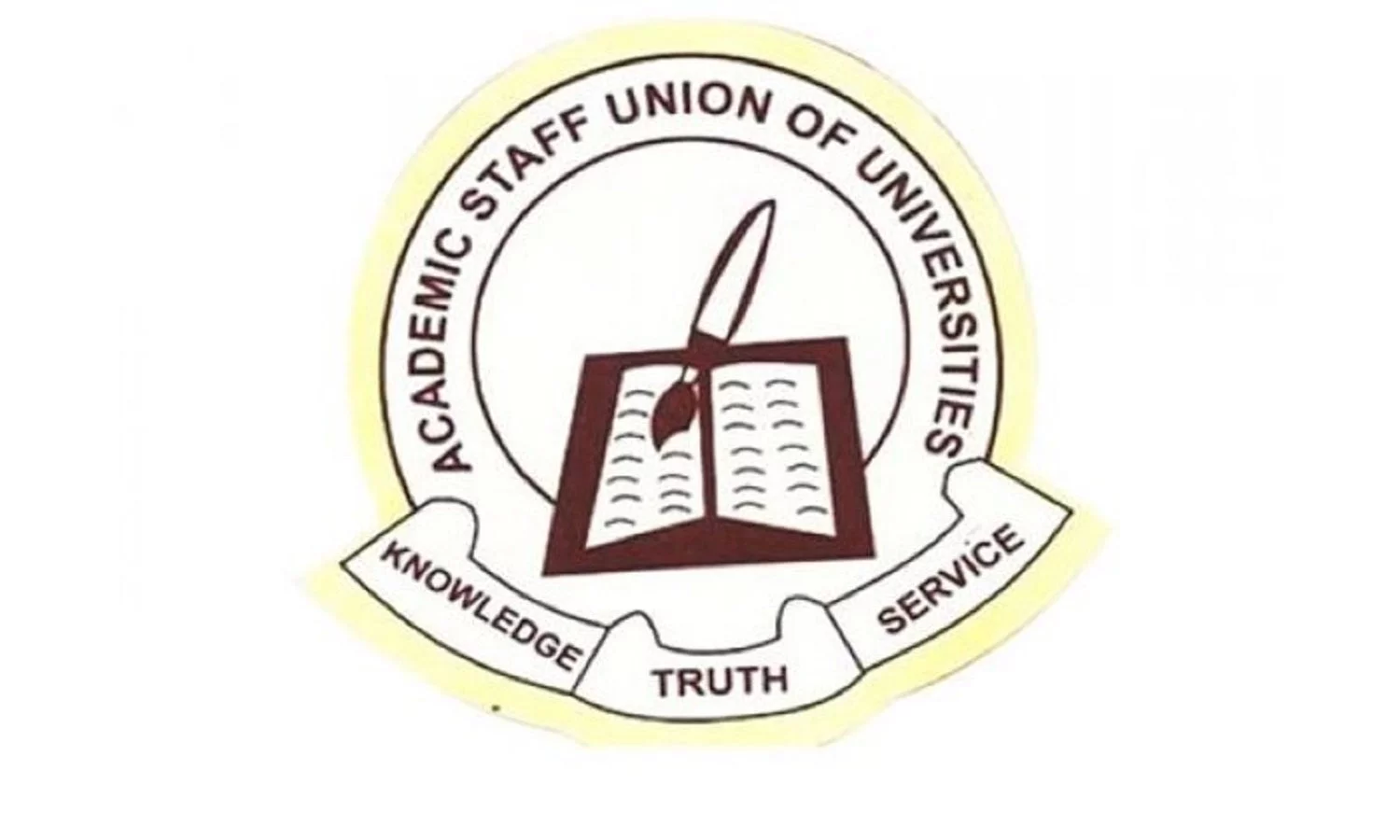Tertiary education in the country is currently witnessing a turn around, thanks to agitation by staff unions that has attracted massive injection of funds and attention from government, added to the recent change of guard at the helm of higher education management. AUGUSTINE OKEZIE highlights the various transformations currently going on in tertiary education
The recent presentation of letters for the disbursement of the sum of N200 billion to public universities in Nigeria ‘’to revitalize and improve infrastructure and enhance teaching’’, represents major highlights of the sudden turnaround in the nations universities and tertiary institutions at large.
The Supervising Minister of Education, Nyesom Wike, who presented the letters of allocation, at a meeting with Vice Chancellors in Abuja stated that it was the second installment of the Universities infrastructural fund provided by the Federal government.
According to him, the institutions are expected to account for funds remitted to them, adding that “the Nigerian populace deserves to know about the federal government’s investment in tertiary education.”
“The federal government wants the higher institutions in Nigeria to account for the funds made available to them so far. We are not saying we want to do audit of the fund but we felt Nigerians should know how much fund has been invested in the country’s education sector, “he explained.
He pledged that the remaining 100 billion Naira for the first installment paid in December 2013, will be remitted to the universities in 2014 to enhance maximum utilization of the fund.
“I implore the Universities Vice chancellors, Rectors of polytechnics and provost of colleges of education to meet in the six geo-political zones across the federation and give a detailed account of how the fund has been utilized,” he said.
“As for the N200b released today, it is the second installment payment of the universities infrastructural revitalization fund. If you recall last year December, the federal Government released N100 billon to public universities as agreed upon between the Union and the government.”
There is no doubt, that higher institutions in Nigeria, are currently witnessing a flurry of activities, thanks to the existing synergy between the various organs, especially, the National Universities commission, the tertiary education department of the Ministry of Education, and funding agencies like TETFUND.
At the moment, universities have been fully mobilized for massive infrastructural development; academic activities are in top gear, there is some measure of stability at the tertiary level. Even the polytechnics and colleges of education that are under lock and key in protests, are not left out as the government is currently visiting them to assess their infrastructural and material needs.
Stakeholders in the tertiary education sector are already thumbing up the nuclei role the present director tertiary education, in the federal ministry of education, Hajia Hindatu Abdullahi, the first Ayanar Daura, has been playing in revitalising education at the tertiary level.
Hajia Hindatu, had remained central in the ongoing effort by government to overhaul the level of infrastructural decay, unsteady academic calendar caused by restive agitations by staff unions, and the mismanagement of resources by university administrators. She had remained the functional secretariat of the various needs assessment committees for universities, polytechnics and the colleges of education, and has not hidden her desire to see sanity return to Nigeria’s education even at the highest level.
Before now, Nigeria’s higher institution of learning had remained glorified secondary schools, due to falling standards and poor infrastructural development. At the global academic level, the ranking of Nigeria’s universities have continued to slide in rating and the quality of our graduates had remained laughing stocks and unemployable.
Repositioning the university system and by extension, achieving quality tertiary education in Nigeria, requires fashioning ways of addressing funding shortages; the negative influence of a corruptive and valueless political system; and addressing plannlessness and implementation problems.
The above challenges had no doubt led to the weakening of university administration; poor teaching and learning outcomes; diminishing research and consultancy traditions; and questionable service to the community. Mostly affected are infrastructure (buildings, roads, power, and water resources); knowledge facilities (library accessions, computing facilities, and teaching aids); research funding; recreational facilities; and welfare packages for lecturers, administrative staff, and students.
The government at both and federal levels, should rather respond to quality issues resulting from overpopulation, rather than resorting to the proliferation of universities, by establishing new ones. Past government’s poor planning and defective implementation of policies and projects has also adversely affected the universities.


